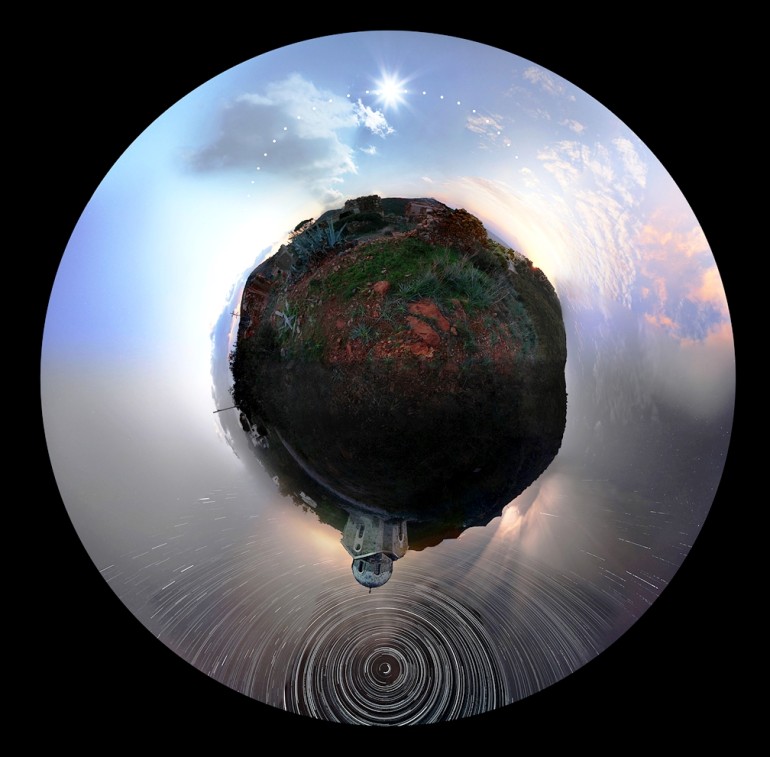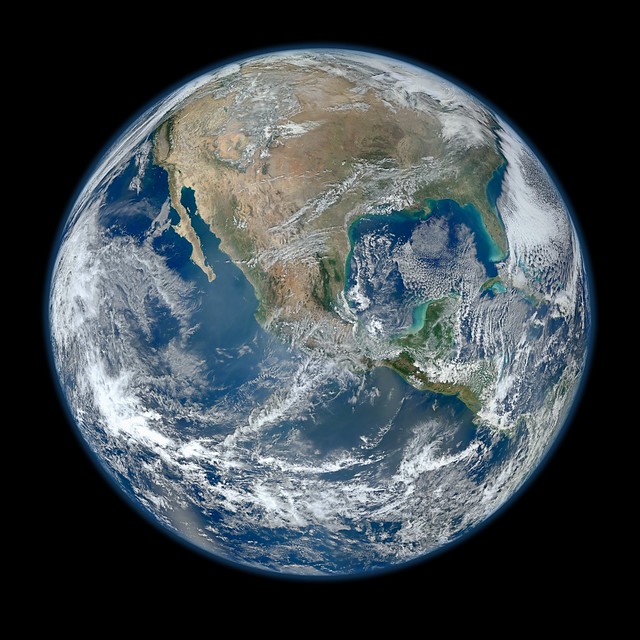Aliens of the Lembeh Strait
It was just last week that I posted a video about the Lembeh Strait and already I have found another beautiful video highlighting the wildlife found in the area. This one is a cephalopod lovers dream. The film, entitled “Aliens of the Lembeh Strait”, by Sascha Janson, won Gold in the 2017 Our World Underwater International Imaging Competition.
Nearly 200 more incredible videos of the bizarre and wiggly marine life in the Lembeh Straight can be found on the Critters@Lembeh Resort’s Vimeo page where Sascha Janson is the photo pro.



